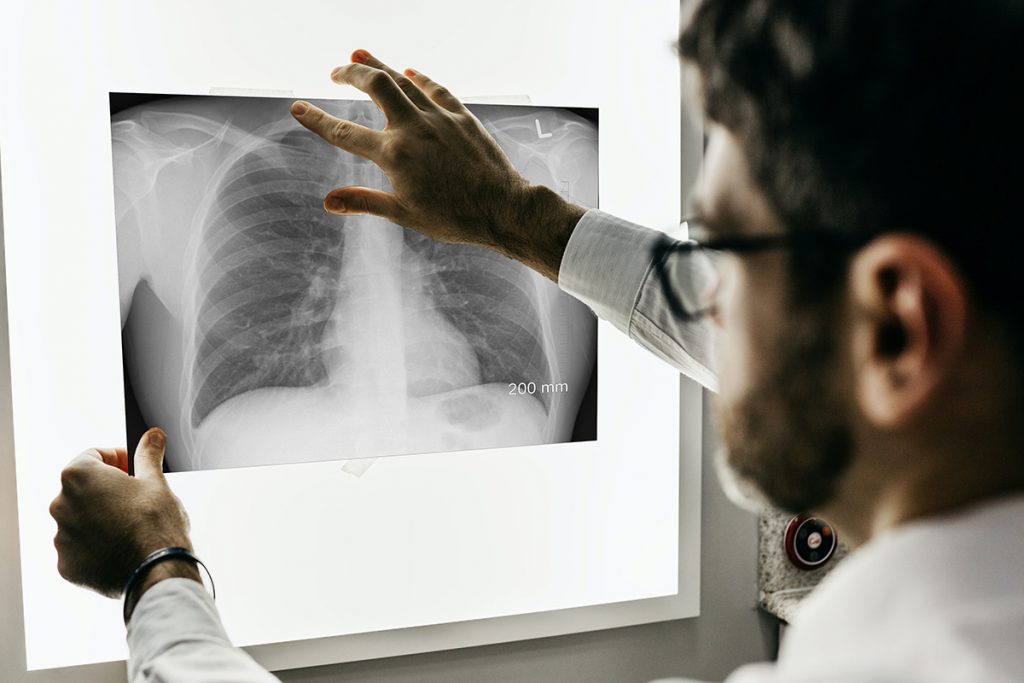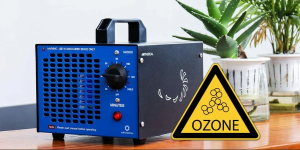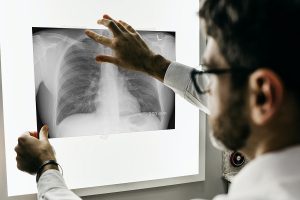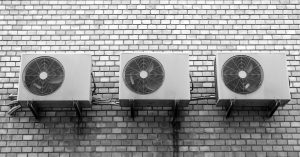Until only recently, consumers knew very little about Indoor Air Quality (IAQ) and its effects on their health. Now in Europe we’re seeing a flurry of manufacturers offering IAQ air treatment equipment. This follows a pattern already seen in North America.
IAQ equipment suppliers and manufacturers have and continue to develop innovative marketing terms to promoting various technologies , especially the use of Ozone.
Unfortunately, many of these systems produce ozone or other reactive oxygen species (ROS). ROS, specifically ozone, has recently been identified as a source of respiratory irritation and even lung damage. The irony here is that the technology that was meant to help improve IAQ is actually causing and worsening respiratory issues with consumers who originally needed improved IAQ.
To make matters worse Health Canada and the Centers for Disease Control and Prevention in Atlanta, GA report that those with the greatest risk to ozone exposure–older adults, infants and children–are the same consumers with higher incidences of asthma or other lung diseases.
In addition to ozone, some other technologies use chemical processes that emit similarly harmful by-products including: Photocatalytic oxidation, UVGI cleaning and Sanitization misting.
Now with Covid 19 at the forefront of people’s minds, using an ozone producing system can cause people to cough and thus help spread more disease than might originally have been the case.
With the IAQ purification market getting flooded with products that produce measurable ozone emissions, Underwriters Laboratories (UL) in Northbrook, IL, took on the task of creating the validation for zero ozone air cleaning devices. UL 2998 is the environmental claim procedure with validation.
Rest assured that any system provided by AirFront will be a Zero Ozone system as set out in UL 2998



